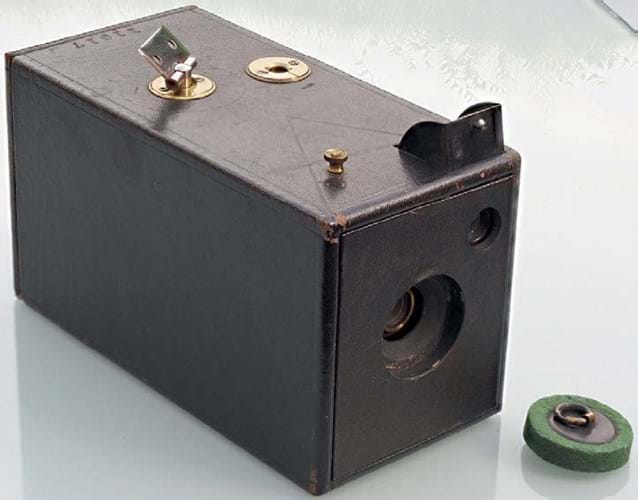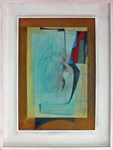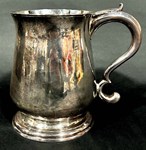When David Gardner was offered a No 1 Kodak (Kodak’s second model) from c.1889, it launched a quest to find out more that culminated in an surprise development.
A long-time member of the Photographic Collectors Club of Great Britain (PCCGB), he had advertised in the ‘wanted’ section of the club magazine and was contacted by a fellow member who had purchased this camera some time ago from a deceased collector’s estate. A deal was arranged for an undisclosed price.
Gardner said: “Although I specialise in collecting and researching British cameras, what attracted me to this camera was the neatly printed name on the case and the fact there was still a film in it.
“The bonus was the original Memorandum of Kodak Exposures, a small notebook in which the owner had recorded details of the pictures taken. It all suggested there could be an interesting story to research.”
From the name on the case and on the memorandum, Gardner, from Sheffield, identified the camera was owned by a Miss Eveline Mackenzie, based in Melbourne, Australia.
With some digging he found that she was a famous golfer who, in 1894, at the age of just 26, won the first Ladies’ Amateur Championship of Australia. She won it again in 1895, 1896 and 1898 (not competing in 1897).
Gardner added: “Miss Mackenzie’s No 1 Kodak came into production around September 1889 and from her notes we know she was using it in Australia on November 14, 1889. She carefully noted the details of the first 29 exposures on her film, including date, time, subject, distance, etc, but after that, nothing. And that got me thinking, why? Perhaps Miss Mackenzie lost her enthusiasm for photography or maybe she enjoyed her photography so much that she bought a better camera and her No 1 Kodak was packed away.”
Gardner decided his next step was to process the film. The task of finding someone to do this was not easy. Several companies that advertise they could process old films thought that an old film was one from the 1980s, not the 1880s.
Eventually Film Rescue International (FRI) in Canada (filmrescue.com), which undertakes work for museums and collectors, agreed a way forward and the film was sent off to Saskatchewan.
The film was successfully developed but sadly it did not contain the 29 negatives recorded by Mackenzie. In fact, just one image of anything recognisable could be recovered, and this could only be done after digitising the film under water to flatten it out.
Not the perfect outcome, but Greg Miller at FRI said it was “…still sort of a triumph for us as it is the oldest film we have ever gleaned something from” and probably “the oldest ever to be developed by anyone in the world”.
Simple solution
The PCCGB says the introduction of the original Kodak camera in 1888 was “without doubt one of the most significant innovations in the history of photography, putting snap-shot photography into the hands of those who wanted to easily make their own records of family, friends, places and events. The famous Kodak advertising slogan at the time was ‘You Press the button, we do the rest’ and it really was that simple.
“The camera came ready-loaded with a 100-exposure film and after the last shot you returned the entire camera to Kodak, who developed and printed the film, loaded in a new one and returned everything to the photographer. They were then ready to shoot their next 100 photographs.”
Tim Goldsmith, PCCGB chairman, told ATG that “any example of the Kodak No 1 (this is actually the 2nd version) is really difficult [to find] as they were pretty basic and are now 140ish years old. If you could find one in good, working order it is going to be approaching four figures at auction today.”
Goldsmith added: “To compound things value-wise, Miss Mackenzie’s camera had a few after-market ‘upgrades’ making it easier to use. For the serious collector, that may mean it has devalued the camera and is not of interest at any price.”
Fair date
A longer version of this article appears in Photographica World, the magazine of the PCCGB (digital subscriptions are now available). The next Photographica fair organised by the PCCGB is on May 19 at The Royal National Hotel, 38-51 Bedford Way, London.

















